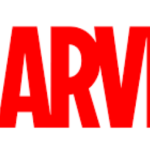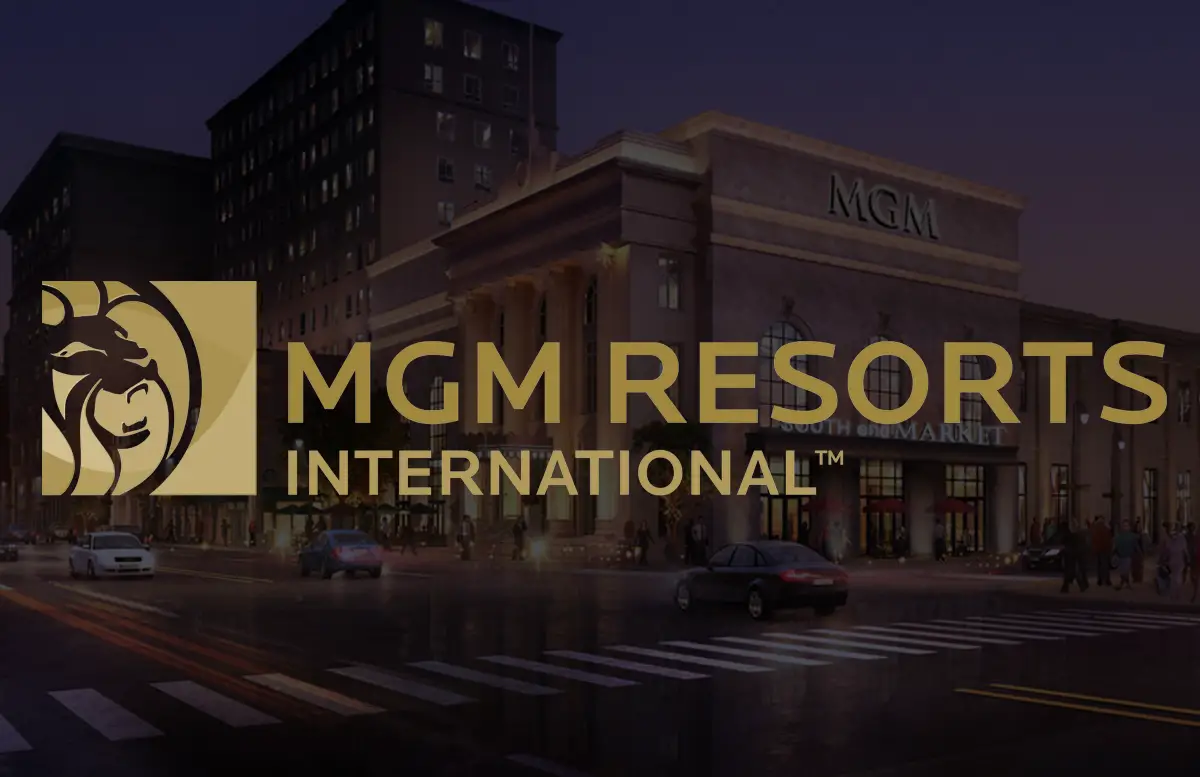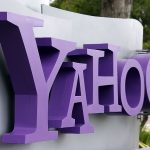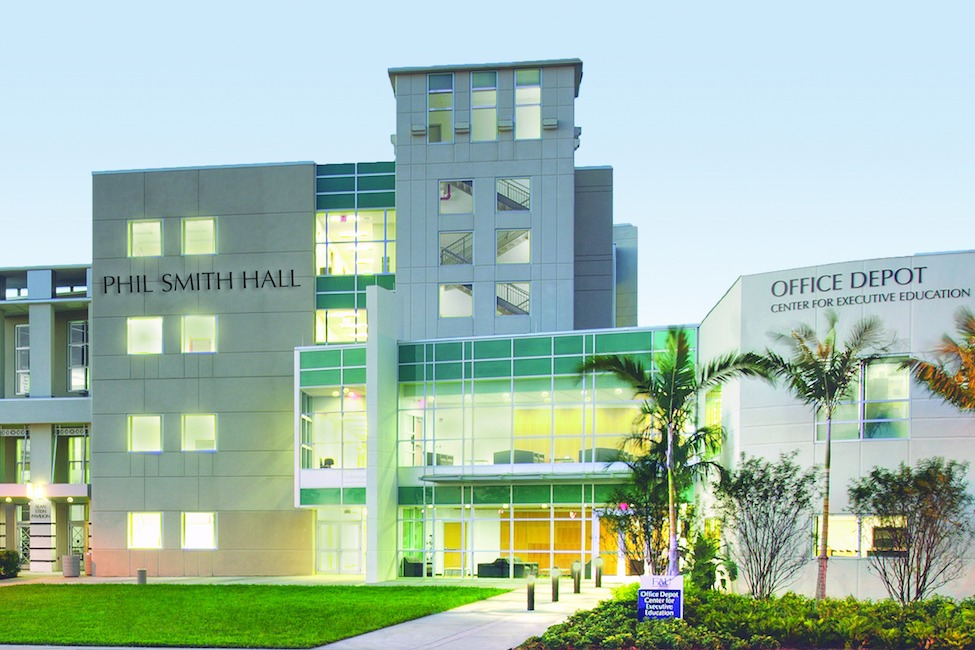Disney Mission and Vision Statement Analysis

Disney’s mission statement is “to entertain, inform and inspire people around the globe through the power of unparalleled storytelling, reflecting the iconic brands, creative minds and innovative technologies that make ours the world’s premier entertainment company.” While the mission statement talks about the entertainment and impact it purposes to give its customers, the primary focus of the company is on leading in developing the entire industry into one of the most dynamic and progressive ones. The company is, therefore, all about stimulating positive changes. The mission statement by Disney has the following characteristics:
- Improvement of communities
- Improving lives
- Entertain
- Exceeding expectations
A look at the history of the company shows that the mission statement of this company has been consistent with what the company values most – the people. This agrees with the first characteristic in the mission statement of Disney, which describes the prioritization of the welfare of communities by the company.
This also relates to the second component where Disney runs different programs that target to empower people and positively change their life situations. For instance, the company has a philanthropy initiative that comprises of activities that put a smile on children and other young people’s lives. It particularly provides and upgrades facilities to support patients such as the 2018 $100 million program that tremendously impacted the life of many patients across the globe.
While advancing these goals, Disney never abandons its primary purpose of entertaining. The company continues to demonstrate its shrewdness and prowess when it comes to creativity and provision of entertaining yet informative content. It adds to this collection with much more distinguished experiences showcased in its Disney parks, experiences, and products.
Here, there is so much for the customers to enjoy the Disney reality. Finally, Disney shows it is not a predictable company with its last characteristic in its mission statement. Well, it goes without saying that Disney is unrivaled in the entertainment and mass media sector.
However, that is not all the company prides in. Its diversification model has made it a company whose impacts are felt across the globe, not just in creating content, but also in the protection of what matters most in the word – the environment.
Introduction
The Walt Disney Corporation is the top-most diversified entertainment company with a profile recognizable across the globe due to its influence in the industry. The company has earned itself a name by not only maintaining but also constantly improving its brand while stimulating progressive transformations in the entertainment and mass media industry.
Today, Disney, as it is popularly known, prides of rising into one of the major multinational corporations in the U.S., all this due to its mission and vision statements. A corporate vision statement describes the developmental roadmap of the company or where the management strives to take the corporation in the future. In relation, a corporate mission statement determines the basic operations and actions that drive the company towards its desired future.
In this mission and vision statement analysis, the vision statement of Disney hints at the leadership desires that the company wants to achieve in the sector, while the mission statement describes the changes and the developmental influences the company will have on the industry. It also emphasizes on the quality of services and experiences the company will treat its clients to.
While the mission and vision statements take the center stage, Walt is a company whose core values cannot be ignored. They are attributed to the strong culture that makes Walt Disney what it is in the contemporary era. Together, all these statements create an ideal situation where the interests of entertainment and mass media take center stage. Overall, they are all perfectly suited for this company considering its success ever since its foundation in the last 95 years.
| Name | The Walt Disney Company |
|---|---|
| Founded | October 16, 1923 |
| Industries served | Mass media |
| Geographic areas served | Worldwide |
| Headquarters | U.S. |
| Current CEO | Bob Iger |
| Revenue | $ 42.278 billion (2012) |
| Profit | $ 5.682 billion (2012) |
| Employees | 166,000 (2012) |
Vision Statement
Disney vision statement is “to be one of the world’s leading producers and providers of entertainment and information.” By coveting to be the world’s unchallenged providers of the services it deals within all dimensions, including quality and coverage, Disney underscores its leadership qualities.
Such a company is one that can go out of its way to support industry-based developmental initiatives to benefit all players without worrying of competition. This is exactly what Disney does as show by the following features contained in its vision statements:
- World’s leader
- Producer and provider of entertainment and information
Although the company was established in 1923 in the U.S., Disney has already achieved its mission of growing into a multinational corporation that serves on a global scale. Today, the company’s presence is in virtually every country on earth making it a global leader in what it does. The second feature reveals why Disney has gained so much reputation within the industry and among the clients it serves. The company is simply self-sufficient in this sector. It does not depend on external assistance to handle any of its operations from creating the content to providing diverse services in the industry. In fact, its services are exploited by many other upcoming players making it a mentor of other subsidiaries and players in the industry. Therefore, the company prides itself in empowering and at the same time entertaining the entire world.
Core values
Disney core values comprise “make everyone’s dreams come true, you better believe it, never a customer, always a guest, all for one and one for all, share the spotlight, dare to dare, practice, practice, practice, make your elephant fly and capture the magic with storyboards.” The strength demonstrated by Disney comes from a variety of principles that guide its operations.
The company believes in creating a working environment where all people feel wanted, secure, and motivated to give their all. It does this by encouraging its workers to take bold steps into the future through technological embracement, corporation, and taking calculated risks. For instance, Disney supports its experts irrespective of whether they fail, as the company understands that through such efforts, that is how employees make their ‘elephants fly.’ In turn, this explains the exceptional content and information that characterize the corporation.
Disney Mission Statement History
Disney’s mission statement has indeed evolved over time to reflect the changing landscape of the entertainment industry and the company’s expanding scope. Here’s a chronological grouping of Disney’s mission statement history, starting from the most recent to the oldest:
- 2018 – Present
“To entertain, inform, and inspire people around the globe through the power of unparalleled storytelling, reflecting the iconic brands, creative minds, and innovative technologies that make ours the world’s premier entertainment company.“
This mission statement emphasizes Disney’s commitment to global entertainment, storytelling, and the utilization of iconic brands, creative talents, and innovative technologies. It reflects Disney’s ongoing pursuit of providing unparalleled experiences to its audience while maintaining its position as a leading entertainment company.
- 2011 – 2018
“To be one of the world’s leading producers and providers of entertainment and information, using its portfolio of brands to differentiate its content, services, and consumer products.“
During this period, Disney’s mission statement shifted towards a broader focus on being a leading producer and provider of entertainment and information. It highlights the importance of Disney’s brand portfolio in differentiating its content, services, and consumer products. This updated statement reflected Disney’s expansion into various media platforms beyond traditional film and television.
- 2006 – 2011
“To make people happy.“
This concise and straightforward mission statement encapsulated the core objective of Disney during this period. It emphasized the company’s commitment to bringing joy and happiness to people through its entertainment offerings. It reflected the belief that Disney’s primary purpose was to create content that brought smiles to audiences worldwide.
- 1923 – 2006
“To entertain, inform, and inspire people of all ages everywhere, through the production of unparalleled entertainment experiences.“
Disney’s original mission statement focused on three key elements: entertainment, information, and inspiration. It expressed the company’s commitment to catering to diverse audiences of all ages and providing unparalleled entertainment experiences. This mission statement was in line with Walt Disney’s vision to create magical and memorable moments through innovative storytelling and imaginative productions.
Over the years, Disney’s mission statement has adapted and evolved to reflect the company’s growth, changing industry dynamics, and the emergence of new technologies. However, the common thread throughout these statements is Disney’s dedication to entertaining, informing, and inspiring people worldwide, showcasing the power of storytelling and creative excellence.
References
- Baghai, M., Coley, S. C., White, D., Conn, C., & McLean, R. J. (1996). Staircases to growth. The McKinsey Quarterly, (4), 39-41.
- Baptista, R., & Preto, M. T. (2011). New firm formation and employment growth: regional and business dynamics. Small Business Economics, 36(4), 419-442.
- Bart Baetz, C. K. M. C. (1998). The relationship between mission statements and firm performance: An exploratory study. Journal of management studies, 35(6), 823-853.
- Bart, C. K. (1998). Mission matters. The CPA Journal, 68(8), 56-57.
- Beinhocker, E. D. (1997). Strategy at the edge of c Ao. The McKinsey Quarterly, (1), 25.
- Boluda, I. K., Pardo, E., & Suemanotham, T. (2010). Product placement in video games as a marketing strategy: an attempt to analysis in Disney company. Working papers= Documentos de trabajo: Serie EC (Instituto Valenciano de Investigaciones Económicas), (4), 1.
- Collins, J. C., & Porras, J. I. (1991). Organizational vision and visionary organizations. California management review, 34(1), 30-52.
- Collins, J. C., & Porras, J. I. (1996). Building your company’s vision. Harvard business review, 74(5), 65.
- Denton, D. K. (2001). Mission statements miss the point. Leadership & Organization Development Journal, 22(7), 309-314.
- Disney – About.
- Disney, R., Haskel, J., & Heden, Y. (2003). Restructuring and productivity growth in UK manufacturing. The Economic Journal, 113(489), 666-694.
- Holweg, M., Disney, S., Holmström, J., & Småros, J. (2005). Supply chain collaboration:: Making sense of the strategy continuum. European management journal, 23(2), 170-181.
- Johnson, R. (1991). A strategy for service—Disney style. Journal of Business Strategy, 12(5), 38-43.
- Kane, G. C., Palmer, D., Phillips, A. N., Kiron, D., & Buckley, N. (2015). Strategy, not technology, drives digital transformation. MIT Sloan Management Review and Deloitte University Press, 14(1-25).
- Muralidharan, R. (2004). A framework for designing strategy content controls. International Journal of Productivity and Performance Management, 53(7), 590-601.
- Nanus, B. (1996). Leading the vision team. The Futurist, 30(3), 20.
- Rojek, C. (1993). Disney culture. Leisure Studies, 12(2), 121-135.
- Scandura, T. A., Gitlow, H., Choi Yau, S., & Greengarten-Jackson, J. (1996). Mission statements in service and industrial corporations. International Journal of Quality Science, 1(1), 48-61.
- Shearing, C., & Stenning, P. (1985). From the panopticon to Disney World: The development of discipline. 2003) Criminological Perspectives Essential Readings.
- Stone, K. (1975). Things Walt Disney never told us. The Journal of American Folklore, 88(347), 42-50.
- Storr, J., Loveday, H., Kilpatrick, C., Curran, E., & Cooper, T. (2012). Disney, engagement, action: the Infection Prevention Society’s strategy from development to launch. Journal of Infection Prevention, 13(1), 4-10.
- Zipes, J. (1995). Breaking the Disney spell. From mouse to mermaid: The politics of film, gender, and culture, 21-42.












Disney World is no longer a place for happiness. You spend thousands of dollars, time and effort to enjoy. Their mission and vision was based on make everyone’s dreams come true, you better believe it, never a customer, always a guest, all for one and one for all, share the spotlight, dare to dare, practice, practice, practice, make your elephant fly and capture the magic with storyboards. NOT ANYMORE all you hear is pull up your mask. How do you experience the joy when can’t see nor experience? Disney World has done everything to keep up with safety but employees need proper training. On my Disney World app has announced new CDC protocol regarding mask weaking. Giving families opportunities to eat and drink as well as to take pictures. I’m a paying customer who spend money to enjoy, I will not recommend this place for my Tongan and Samoan community nor family. The Entertainment is GONE!!! 3 day hopper multiple attractions down or refurbished at all three parks. For instance Animals Kingdom closes at 8pm but Gorilla Falls was close at 6:45 which is not listed. Waiting in line for I paid full price for premium service and paid for preferred parking. I paid in full I should receive in full, not partial because Disney World fell short on their end.
Disney World is no longer a place for happiness. You spend thousands of dollars, time and effort to enjoy. Their mission and vision was based on make everyone’s dreams come true, you better believe it, never a customer, always a guest, all for one and one for all, share the spotlight, dare to dare, practice, practice, practice, make your elephant fly and capture the magic with storyboards. NOT ANYMORE all you hear is pull up your mask. How do you experience the joy when can’t see nor experience? Disney World has done everything to keep up with safety but employees need proper training. On my Disney World app has announced new CDC protocol regarding mask weaking. Giving families opportunities to eat and drink as well as to take pictures. I’m a paying customer who spend money to enjoy, I will not recommend this place for my Tongan and Samoan community nor family. The Entertainment is GONE!!! 3 day hopper multiple attractions down or refurbished at all three parks. For instance Animals Kingdom closes at 8pm but Gorilla Falls was close at 6:45. I paid full price for premium service and paid for preferred parking. I paid in full I should receive in full, not partial because Disney World fell short on their end.